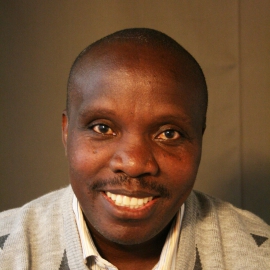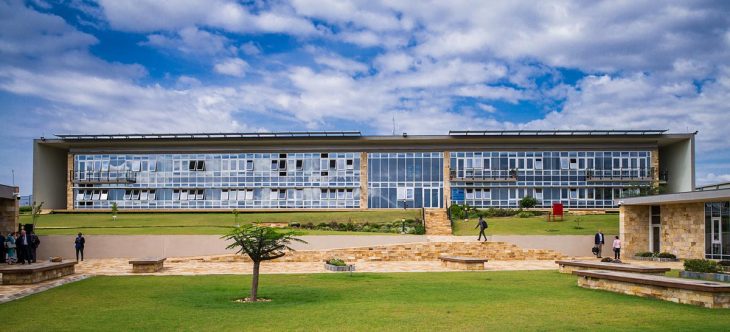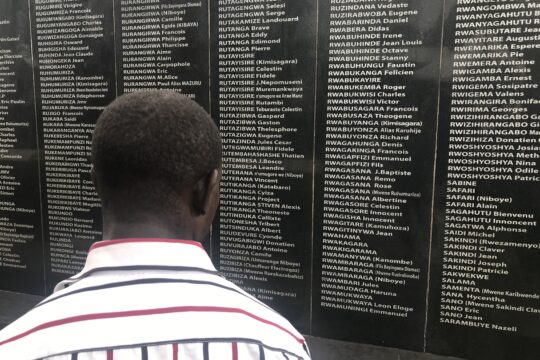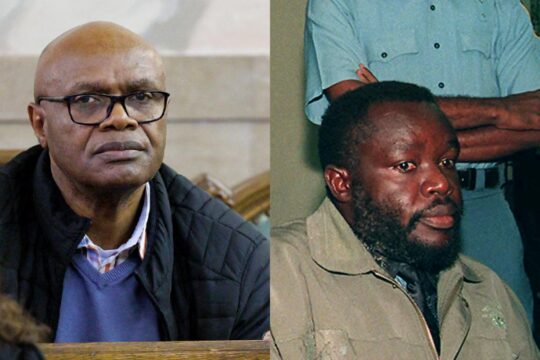With its safaris and tanzanite, Arusha is Tanzania’s biggest tourist hub and the biggest centre for traders in tanzanite, a new precious stone found only in that east African county. For more than four years, however, the small town has been deprived of the presence of the International Criminal Tribunal for Rwanda (ICTR), a huge judicial machine that closed in December 2015 after some 20 years.
Since January 2016, all the residual functions of the ICTR are the responsibility of a much more modest structure called the International Residual Mechanism for Criminal Tribunals. Created by the UN in December 2010, this “Mechanism”, as it is known for short, was gradually put in place after its Arusha branch was opened in July 2012. There is another branch in The Hague charged with handling the residual tasks of the International Criminal Tribunal for the former Yugoslavia (ICTY).
Four years and $8.7 million dollars
Situated some 20 kilometres from the former ICTR, on a vast plain visited by runaway wildlife from Manyara National Park, the Arusha Mechanism consists of three buildings. They took four years to build and cost about US$8.7 million. While the ICTR was housed throughout its existence in rented offices at the Arusha International Conference Centre, the Mechanism paradoxically has purpose built UN-owned premises. The first building houses a courtroom with state-of-the-art equipment, the second is dedicated to the archives and the third is the administrative block.
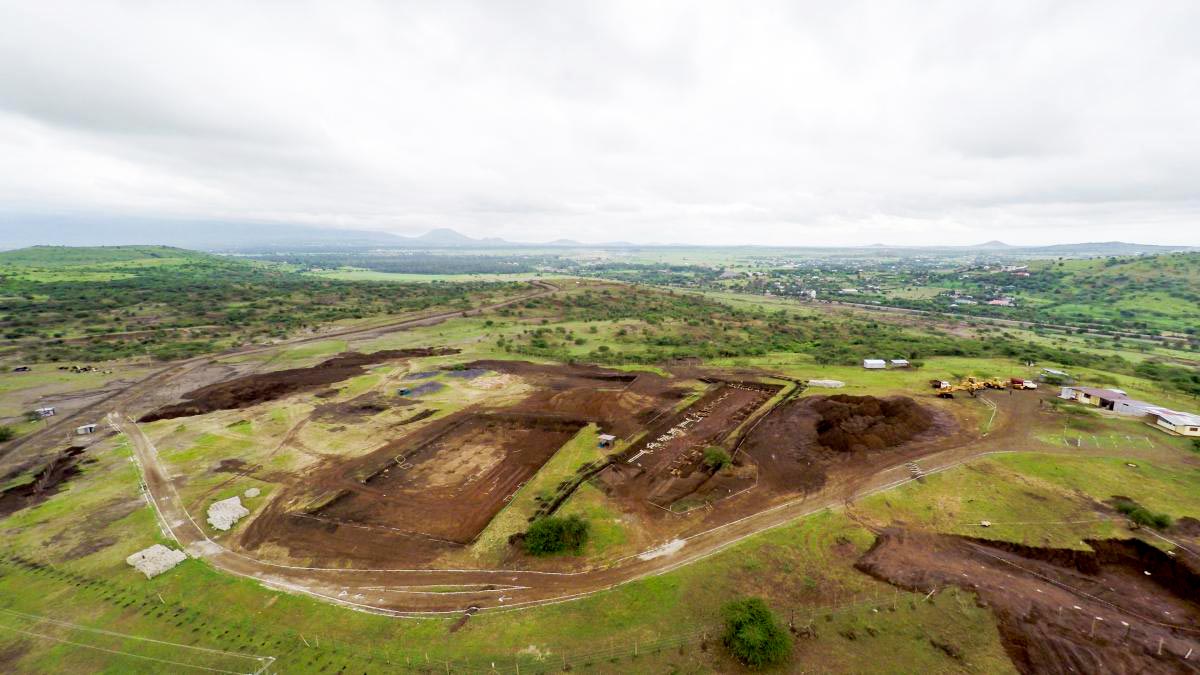
200 employees and three “big fish”
The main task of the Arusha Mechanism, which currently has 200 employees of 65 nationalities and an annual budget of some $40 million, is to complete the ICTR's judicial mandate by tracking down its eight fugitives and trying three of them considered "big fish". "The arrest of the fugitives remains our main concern," Serge Brammertz, the prosecutor of the Mechanism, told Justice Info. The Belgian magistrate and his team are looking primarily for businessman Félicien Kabuga, often presented as the financier of the 1994 genocide in Rwanda; former Minister of Defence Augustin Bizimana; and Major Protais Mpiranya, who commanded the presidential guard of Juvénal Habyarimana. If arrested, these three "big fish” would be tried by the Mechanism, while the other five fugitives would be handed over to the Rwandan judicial authorities.
Hassan Jallow, Brammertz's Gambian predecessor, often claimed that Kabuga was hiding in Kenya, a six-hour drive from the Mechanism. But Brammertz thinks the octogenarian has muddied the waters. He says his team is following a whole series of leads and that today “Kenya isn't our best lead". Kabuga, who started as a small trader and became the richest man in Rwanda, is accused of ordering the machetes used to kill Tutsis in 1994.
And where might Bizimana and Mpiranya be? Some say that the three "big fish" are no longer alive but Brammertz says there is no proof of this “at the moment". He said his office is also "actively involved" in the search for the other five accused whose files have been transferred to Rwanda: a lieutenant-colonel, two former mayors, an ex-police officer and a former restaurateur. "The majority of our fugitives are living under false identities, some as many as 20 different identities. Some of them manage to obtain passports illegally, allowing them to cross borders and escape," the prosecutor added.
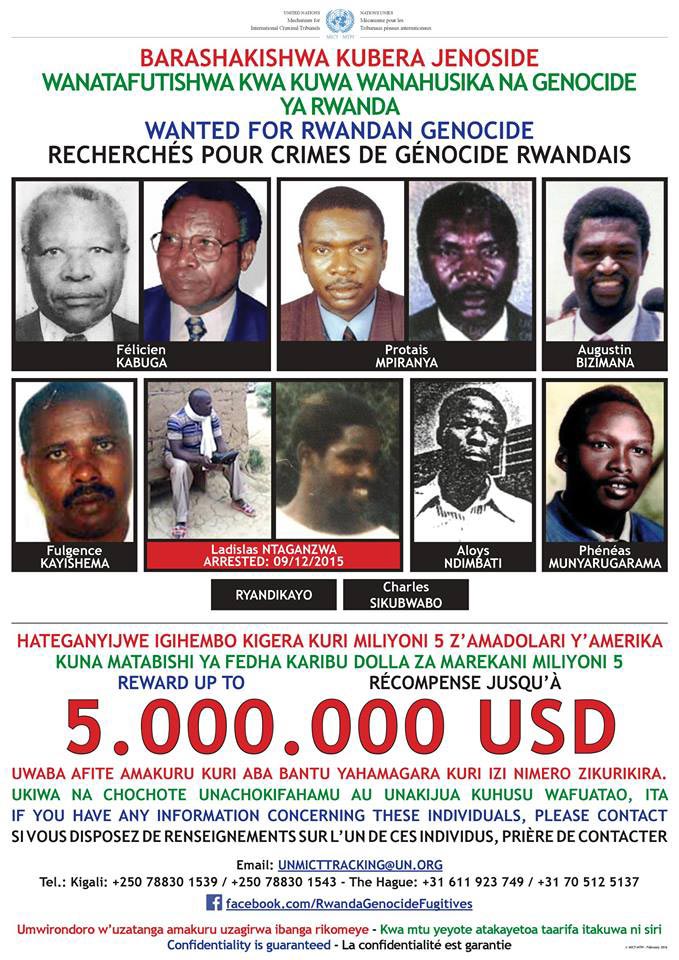
No cooperation from South Africa?
Addressing the UN Security Council on December 11, 2019, Brammertz accused South Africa for the second time of “long-standing failure to execute a Mechanism Arrest Warrant". "After assurances in July that cooperation would be forthcoming, I was cautiously optimistic that the arrest would take place expeditiously," said Brammertz, who did not reveal the identity of the accused person. "My Office was greatly surprised, then, to receive in September a formal response from South Africa informing us, for the first time after more than a year of discussions, that it could not cooperate because it lacked the necessary domestic legislation."
South Africa's representative to the United Nations, Mfundiso Mabhongo, replied that his country strictly respects its obligations and the delay should in no way be seen as a rejection of its obligations. The diplomat said the international arrest warrant had already been endorsed, and that his country would continue to cooperate fully with the prosecutor to arrest the wanted fugitive. Three months have passed since then. "We are still in contact with South Africa," says the prosecutor, without going into details.
Chill in relations between Pretoria and Kigali
The ICTR in its day was able to secure the arrest on South African territory of former Rwandan mayor Ignace Bagilishema and businessman Gaspard Kanyarukiga in 1999 and 2004 respectively. So what’s the problem now? "The current chill in relations between South Africa and Rwanda is one possible reason. Don't forget that at the time of the Bagilishema and Kanyarukiga arrests, it was the honeymoon between Kigali and Pretoria," says another Mechanism official who did not wish to be named.
Brammertz reports difficulties obtaining the cooperation of States in a timely manner. "We have sent requests for mutual legal assistance to several countries in the region, but they are taking a long time to respond, and speed is very important," he says. "Important and urgent requests have remained unanswered for more than a year, even though we have provided useful information, such as telephone numbers, places of residence, identity documents."
A failure, according to Rwanda
During a UN debate in New York in July 2019, Rwanda's representative to the United Nations Valentine Rugwabiza castigated the Mechanism’s "failure to deliver on its core mission to complete the unfinished work of the ICTR". In the absence of arrests, only one review trial - that of former Planning Minister Augustin Ngirabatware - has taken place in the Mechanism’s new, state-of-the-art courtroom. The judges sat from 16 to 24 September 2019, only to dismiss Ngirabatware's case three days later. The only current detainee at the UN detention centre in Arusha, Kabuga's son-in-law, is still awaiting trial in contempt of court proceedings for alleged witness tampering.
Fortunately, the Mechanism also has other tasks, including supervising the sentences being served outside Tanzania by ICTR convicts. Eighteen are currently imprisoned in Benin, seven in Mali and five in Senegal. Any of them can apply to the president of the Mechanism for a pardon, commutation of sentence or early release. Its first president, the American Theodor Meron, attracted the wrath of the Rwandan authorities by granting early release, according to a common judicial practice, to convicts who had served two-thirds of their sentences. Accusing Meron of rubbing salt in the wounds of survivors, Kigali argued that released convicts were engaged in genocide denial, an argument supported by Prosecutor Brammertz and some Security Council member countries. Rwanda's concerns appear to have found a sympathetic ear with the new Mechanism president, Maltese Judge Carmel Agius, who took office in January 2019. "In relation to enforcement, I also look forward to continuing to improve the quality and transparency of the Mechanism's approach to early release and related matters,” he told the UN Security Council in December 2019. “An updated Practice Direction will be forthcoming once the usual consultation process is complete".
In the meantime, requests for release are piling up on the table of the new Mechanism president, including that of Colonel Théoneste Bagosora, the most notorious convict at the ICTR.
MILLIONS OF PAGES OF ARCHIVES
The Mechanism’s Archives and Records Management Section, which currently has 16 staff, occupies one of the three buildings of the Arusha Branch. The archives consist of books, maps, photographs, audio and video recordings, physical objects, etc., which are all stored there. In all, there are some 9 million pages, 27,500 audio-visual cassettes, 700 maps and posters. This represents, we are told, about two linear kilometres of paper files and 1.2 petabytes of digital files.
These ICTR archives include information on the investigations conducted by the Tribunal, indictments and judicial proceedings, the detention of accused persons, witness protection and the enforcement of sentences. There are also files relating to the Tribunal's relations with States and other organizations, and the administration of the Tribunal as a United Nations agency.
The archives can be consulted on site or online. For audio-visual recordings, which are not yet online, a request should be addressed to the Mechanism’s Archives and Records Management Section, specifying the case number and dates of hearings. The Section cannot disclose confidential information, says its head, Tom Adami.
A total of 1,603 people, mostly Tanzanians, have visited the archives section since 2018. Of these, only four were researchers. "It is a source of pride that the memory of all these years of ICTR work is preserved on our Tanzanian territory,” says Nehemiah Mdosi, a law student who visited in 2019. “The only negative point is that the location is too far from the city centre and is not accessible by public transport".
To attract the public, the Mechanism organizes exhibitions, some online, based on archive material. For example, in October 2017, a virtual exhibition was organized on the plight of children during the Balkan wars of the 1990s and the 1994 genocide in Rwanda. It included a selection of photographs, audio and video recordings, depositions and other official documents that have been admitted as evidence before the ICTY and ICTR.
Rwanda had long argued that it was the legitimate custodian of the ICTR archives. "They are part of our history," Kigali argued, saying that the archives could be kept on Rwandan territory while still remaining the property of the United Nations. But it lost the argument with the UN Security Council resolution that plumped for Arusha.

